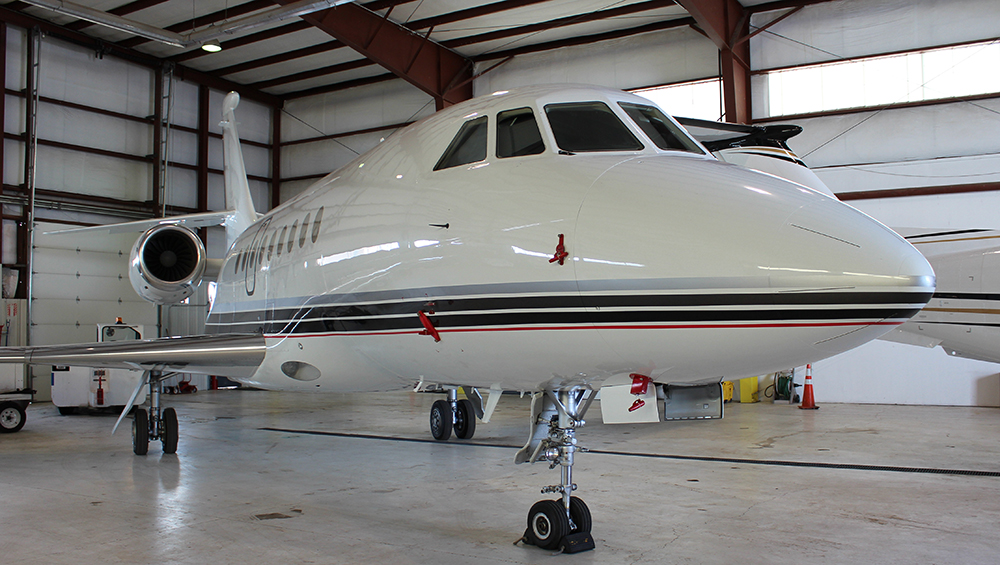According to the Federal Highway Administration (FHWA), raised medians are raised barriers in the center portion of the street or roadway. They provide space for street trees and other landscaping which, in turn, can help reduce speeds by changing the character of a street.
Common Concerns
According to FHWA, raised medians often raises serious concerns by the business community that local businesses that depend upon pass-by traffic (especially gas stations and fast-food restaurants) will be adversely affected by medians. Though there are few studies of the actual impacts of medians on business sales, there are several surveys of business owner opinions. Surveys conducted in multiple corridors in Texas, Iowa, and Florida demonstrate that the vast majority of business owners believe there have been no declines in sales, with some believing there are actually improvements in business sales. One study in Texas indicated that corridors with access control improvements experienced an 18% increase in property values after construction.
The Facts
Raised medians can:
- Reduce pedestrian crashes by 46% and motor vehicle crashes by up to 39%.
- Decrease delays (by greater than 3%) for motorists.
- Provide for a two-stage crossing with a refuge area.
- Enhance the visibility of pedestrian crossings, particularly at unsignalized crossing points.
- Provide traffic calming/speed benefits – studies show medians reduce effective travel lane width; typical reduction in speed between 2 to 3 mph.
- Reduce conflict points by providing access management for vehicles allowing only right‐in/right‐out turning movements.
Benefits for Pedestrians

- Safety: Raised medians provide a refuge for pedestrians crossing multi-lane roads. They can cross one direction of traffic at a time, reducing their exposure to moving vehicles and decreasing the likelihood of accidents.
- Reduced Crossing Distance: Pedestrians only need to cross one direction of traffic at a time, which reduces the distance they have to cover and the time they spend in the roadway, thus reducing their vulnerability to accidents.
- Traffic Calming: Raised medians can slow down traffic by providing a physical barrier between lanes, making drivers more cautious and reducing the speed of vehicles near pedestrian crossings.
- Visibility: Raised medians can improve visibility for both pedestrians and drivers, making it easier for each to see each other, reducing the likelihood of collisions.
- Accessibility: Raised medians can be designed to include features such as curb ramps, making it easier for pedestrians with mobility aids such as wheelchairs or strollers to cross the roadway safely.
- Landscaping and Aesthetics: Raised medians can also serve aesthetic purposes by incorporating landscaping, trees, or other features, making the environment more attractive for pedestrians, and enhancing the overall streetscape.
Traffic Safety Benefits

- Reduced Collisions: Raised medians help to separate opposing streams of traffic, reducing the likelihood of head-on collisions, which are often severe and deadly.
- Channelization of Traffic: Raised medians can help to guide and channelize traffic flow, reducing weaving movements and potential conflicts between vehicles.
- Lane Discipline: Raised medians can improve lane discipline by providing a physical barrier that discourages lane changes in areas where they are not permitted, reducing the risk of side-swipe collisions and other types of accidents.
- Reduced Crashes during Left Turns: Raised medians can provide dedicated left-turn lanes at intersections, which reduce the likelihood of rear-end collisions and other types of crashes associated with left turns across oncoming traffic.
- Improved Sight Lines: Raised medians can improve sight lines at intersections and along roadways, making it easier for drivers to see oncoming traffic and pedestrians, thereby reducing the risk of accidents.
- Reduced Pedestrian Conflicts: By providing designated crossing points and reducing the number of potential conflict points between pedestrians and vehicles, raised medians can also indirectly contribute to traffic safety by reducing the likelihood of pedestrian-related accidents.




